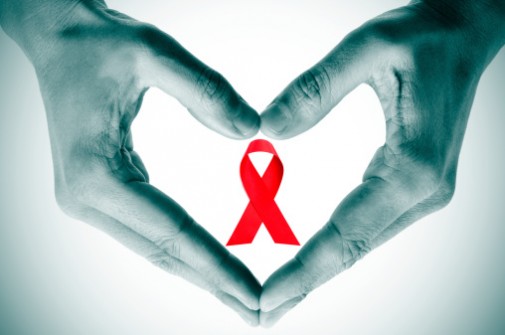HIV diagnosis in U.S. shows dramatic decline

According to a new research reported this week at the International AIDS Conference in Melbourne, Australia, the rate of new diagnoses of human immunodeficiency virus (HIV) in the U.S. fell 33.2 percent from 2002 to 2011.
The research, also published this week in the latest issue of the Journal of the American Medical Association, indicates an overall average reduction of 4 percent a year over the 10-year period. According to the data, collected from all 50 states and the District of Columbia, 493,372 people in the U.S. were reportedly diagnosed with HIV from 2002 to 2011. In 2002, the diagnosis rate per 100,000 people was 24.1, which fell to 16.1 per 100,000 people in 2011. According to the World Health Organization (WHO), there were an estimated 35 million people living with HIV worldwide in 2013.
The researchers report that significant decreases in diagnosis rates were found in nearly every demographic population, with the largest changes observed in women, people ages 35 to 44 and those of multiple race.
However, the research did show and increase of HIV infection among males under the age of 24 and over the age of 55. The largest reported increase of 132.5 percent was among young men ages 13 to 24.
Study authors acknowledge their findings are limited by possible changes in HIV testing patterns.
“The HIV testing services were expanded during the analysis period and early outcomes of testing initiatives often indicate increases in diagnoses until some level of testing saturation occurs,” the authors, from the Centers for Disease Control and Prevention (CDC) and Johns Hopkins Bloomberg School of Public Health. “Our study found overall decreases in annual diagnosis rates despite the implementation of testing initiatives during the period of analysis.”
Though there has been talk recently of a possible break in a cure for HIV, researchers are now focused on getting the disease into remission to limit the spread to others. According to estimates, antiretroviral therapies can greatly reduce the virus in a person’s system, reducing the chance of spreading the infection by as much as 96 percent.
Dr. Catherine Creticos, infectious disease specialist at Advocate Illinois Masonic Medical Center in Chicago, said the news of the decrease is welcome and “absolutely wonderful.” The decrease follows previously reported worldwide trends, though those statistics weren’t necessarily as impressive, she says.
“We’re getting more people on care, which lowers the number of people who are being infected,” Dr. Creticos says. “We are seeing a lot of young people continue to be HIV infected with HIV. At that age, there’s a sense of invincibility—‘It’s not going to happen to me.’”
With the successful use of antiretroviral therapies, HIV has become a chronic condition, rather than the death sentence it was 30 years ago, she says. “Complacency has set in. People think, ‘If I get HIV, I’ll just have to take the medicine.’”
In addition, Dr. Creticos says she sees a continued sense of inevitability among gay men, which may increase risky behavior. This could explain the increase in infections among men older than 55, she says. “They think that it’s going to be there for the rest of their lives, so it’s something they’ll always have to watch out for. They think that they’re going to eventually get infected, anyway, so why worry about it.”
Dr. Creticos says she is still seeing many new HIV diagnoses every week in her practice, which is located near the heart of Chicago’s traditionally gay neighborhood.
Related Posts
Comments
One Comment
About the Author
health enews staff is a group of experienced writers from our Advocate Health Care and Aurora Health Care sites, which also includes freelance or intern writers.


















Great news for everyone but probably especially for those who worked at Advocate Illinois Masonic’s AIDS ward, the first of its kind in the 1980’s.